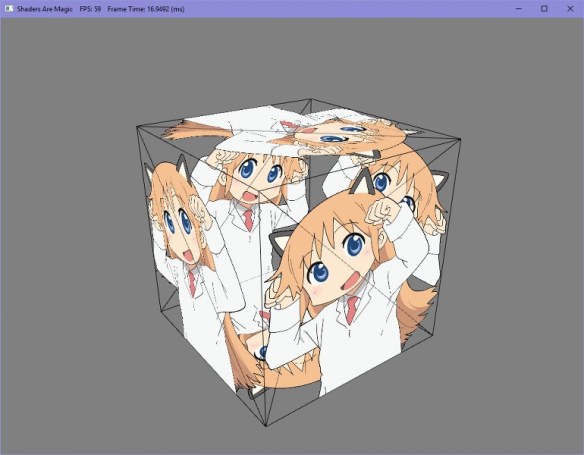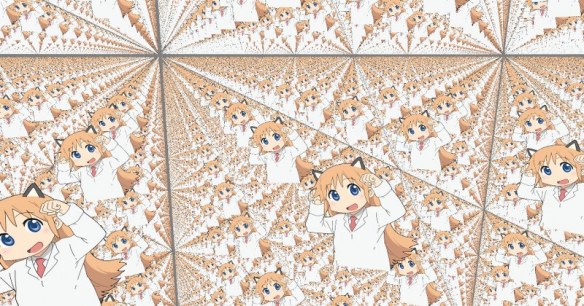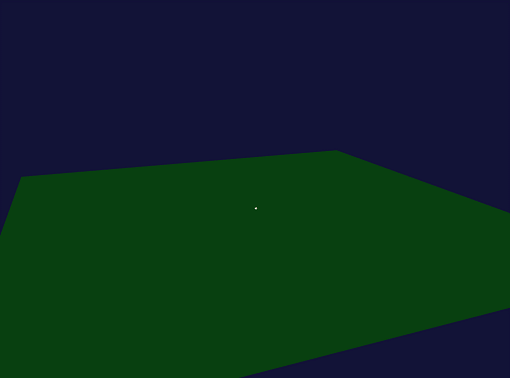Recently I got to the second round of the Search for a Star games coding competition, for which I had 2 weeks to a) learn Unity and b) turn something that looked like this:
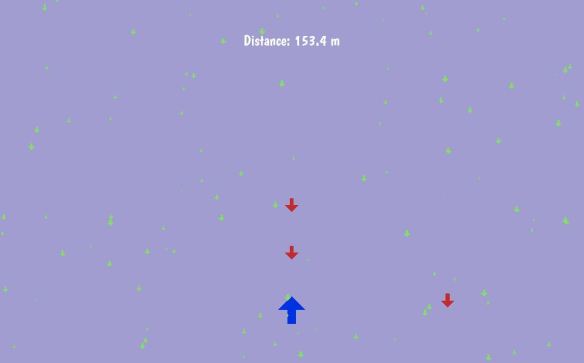
into something that looks like this:

The game is a 2D space-shooter with a rhythmic twist, inspired by music games such as Rhythm Heaven and Love Live: School Idol Project. Enemies arrive in rhythmic patterns and you have to shoot them down in time with the music. There are two levels, and at the end, you get a score depending on how many hits and misses you got:
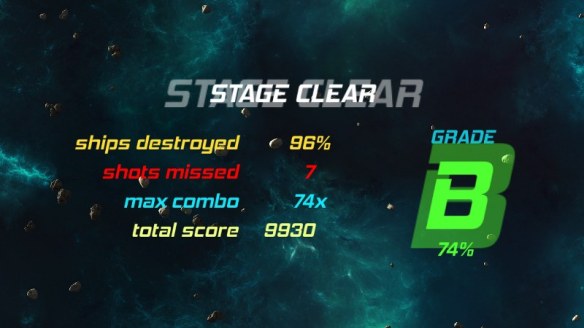
Here’s a gameplay video:
Download the game (27Mb):
https://onedrive.live.com/redir?resid=56CD19EB372DF550!1221&authkey=!ABi3Sw61HZraNUk&ithint=file%2czip
Download the Unity project (87Mb):
https://onedrive.live.com/redir?resid=56CD19EB372DF550!1222&authkey=!AJvC1OotBXipPgw&ithint=file%2czip

